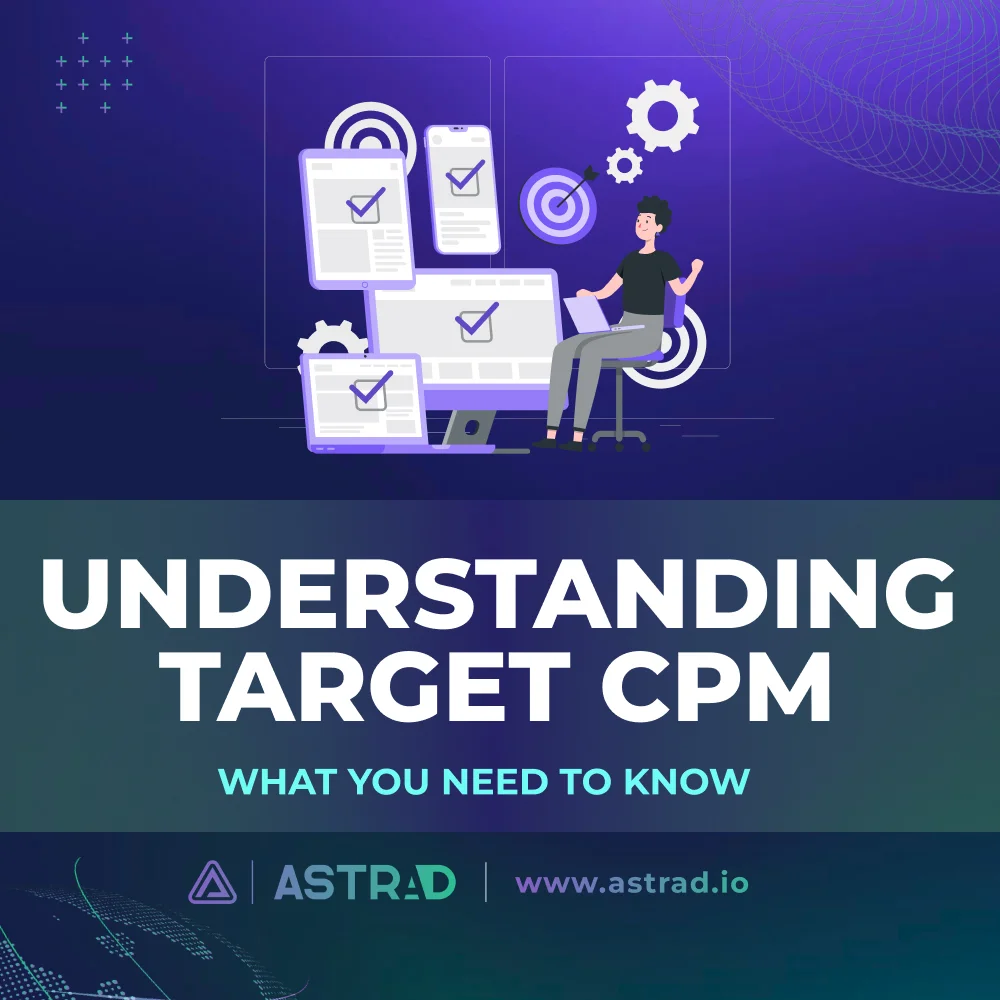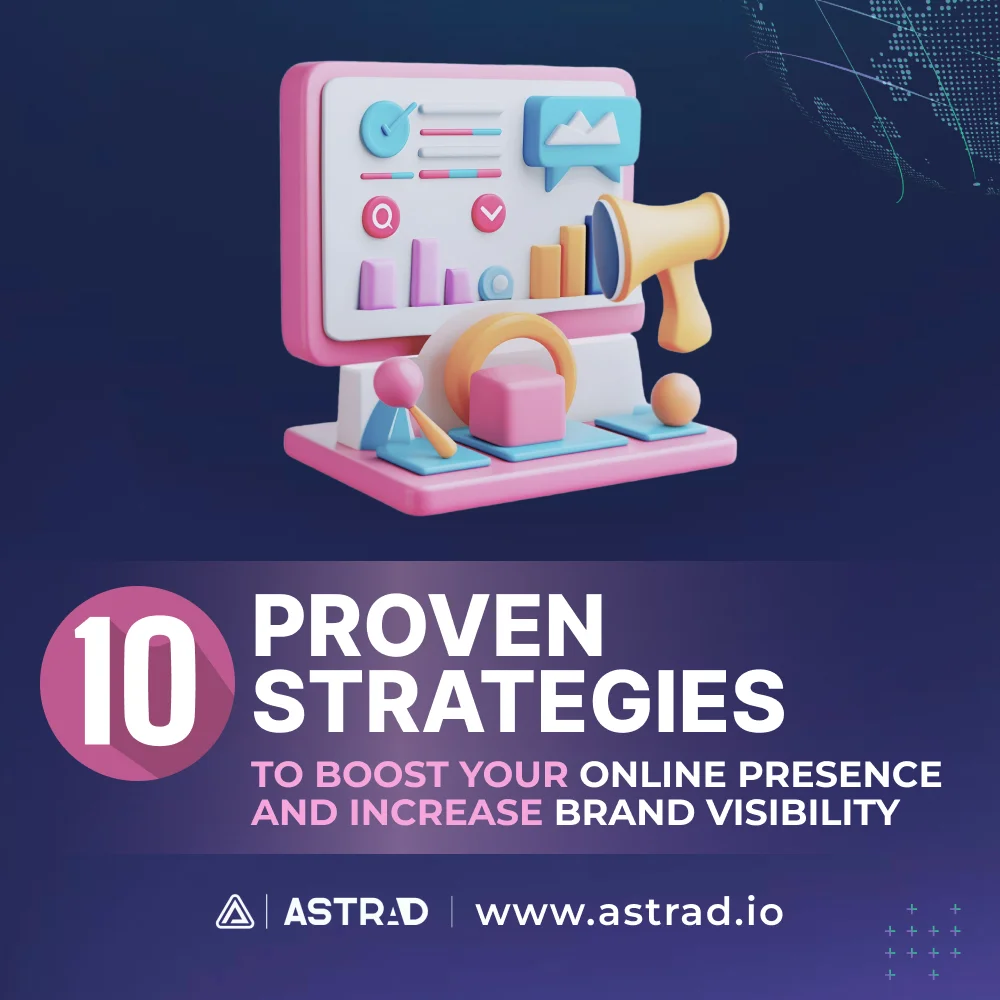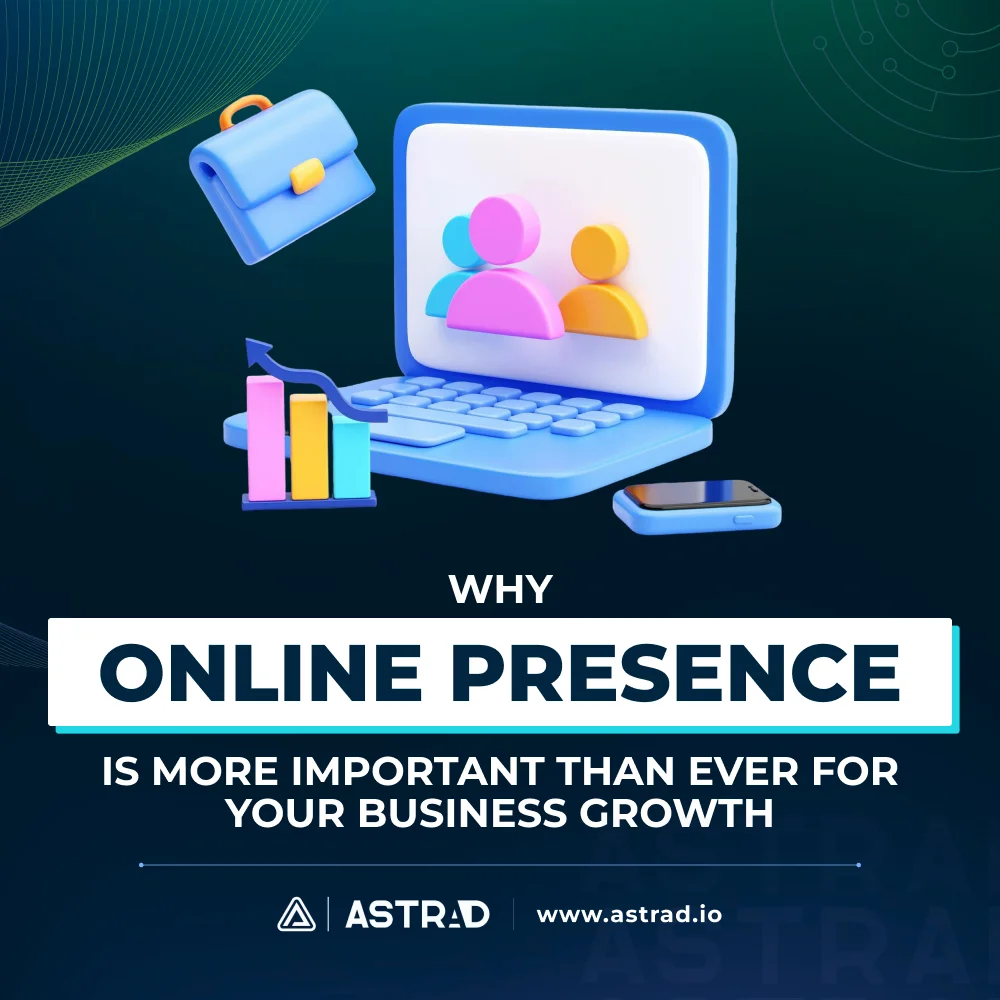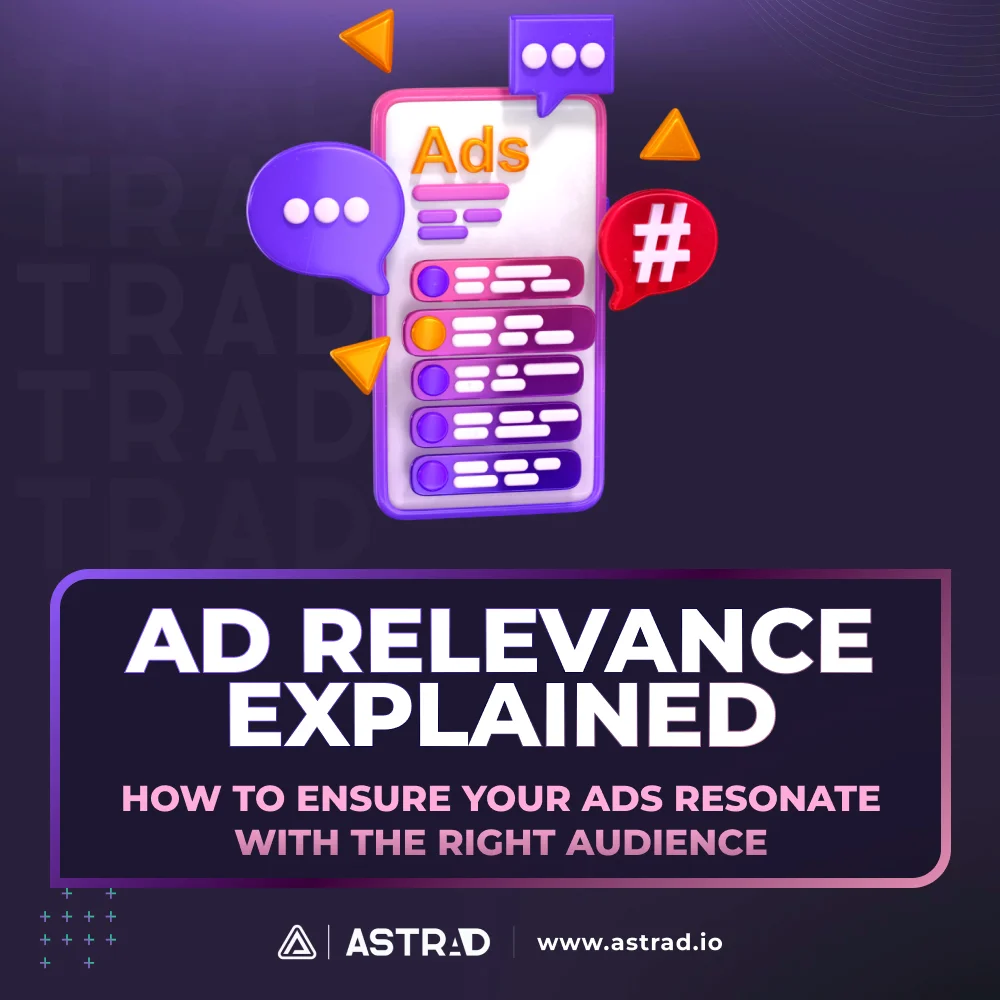There’s a digital marketing labyrinth — a daunting multi-cornered Greek myth monstrosity that requires a ball of yarn and the guts to slay minotaurs. Thankfully, getting a handle on Target CPM (Cost Per Mille) can be your path to success. Let’s unravel — get it? Ball of yarn? — what Target CPM is and how it can be strategically employed to optimize your advertising endeavors.
What is CPM and Why It Matters
CPM (Cost Per Mille) measures the, well, cost per thousand impressions. It’s a pivotal rubric in digital marketing. It gives you the lay of the land and allows you to truly see what your endeavors are doing — and share your findings with, well, your clients.
It gives you the ability to tell them, “See, it’s working?” as well as the foresight to pick up a bad ad and decide to rework it or kick it out of the assembly line. Enter Target CPM, where advertisers set a desired cost for their campaigns, optimizing for better budget control and effectiveness.
Understanding CPM is crucial because it provides a baseline for measuring the efficiency of your ad spending. It allows you to compare the cost-effectiveness of different campaigns and platforms, ensuring you get the best bang for your buck.
How Target CPM Works
Target CPM allows advertisers to set a specific price they’re willing to pay per thousand impressions. This allows them to create cost-effective campaigns — marketing endeavors remain within a budget allocation while striving for maximal reach.
For example, if you set a target CPM of $5, the platform’s algorithm will aim to deliver impressions at or below this cost. This approach allows for flexibility and optimization, adjusting bids to maximize the value of each impression within the target range.
Benefits of Target CPM
Utilizing Target CPM offers several boons — let’s look at what they are:
Cost Control
Keep your ad spend in check — at its core, CPM gives you the tools to better work your budget and spending. To truly know how much you’re actually getting out of your whole endeavor and how much it’s costing you.
Optimized Reach
Ensure your ads are seen by the right audience — Let’s say you’re selling women’s perfume, then why is your ad being shown to a 19-year-old male in Nairobi with a love for Marvel movies? It’s that simple. You’re getting billed for those impressions and not getting anything in return.
Flexibility
Adjust campaigns based on performance metrics — CPM allows you to pivot and be more flexible. To edit your campaigns to what their real-world performance is telling you. Not what you think and what your pre-campaign analysis dictated. The truth is that every plan fails on first contact with the enemy.
Target CPM provides greater predictability in your advertising costs, making budget planning more straightforward. It also allows for more precise control over your campaign performance, ensuring you meet your marketing objectives efficiently.
Stats to Highlight the Benefits
- Brand Awareness: 66% lift in brand awareness – Nielsen.
- Cost-Effectiveness: 30-40% lower costs than CPC – Marketing Land.
- Predictable Budgeting: 25% improvement in budget management.
- High Impressions: Up to 50% higher rates than CPC.
- Target Accuracy: 20-25% improvement with advanced targeting.
- Engagement Metrics: 15-20% CTR improvement over time – eMarketer.
- Scalability: 40% increase in reach compared to CPC – AdRoll.
- Ad Fatigue Reduction: 25% reduction with optimized frequency.
- Reporting and Analytics: 30% better campaign tracking.
- Cross-Channel Performance: 45% boost with consistent messaging.
Best Practices for Defining Target CPM Rates
Understand Your Campaign Objectives
Align your CPM targets with your overall campaign goals. Are you aiming for brand awareness, reach, or conversions? Each objective may require different CPM targets. It’s important to really get a grasp on your main goal. Each campaign is different — and each one requires a certain touch.
Analyze Historical Data
Review past campaign performance to set realistic CPM rates. For instance, if your past campaigns had an average CPM of $5, setting a target CPM of $4.50 might optimize your budget without sacrificing reach.
Segment Your Audience
Tailor your CPM targets based on audience segments to enhance relevance and engagement. Use tools like Google Ads and Facebook Ads Manager to create detailed audience segments. Different segments may have varying CPM rates based on their value to your campaign. Think of a niche approach — getting to know your product’s “tribe.”
For example, Nike is a sports brand for aerobic athletes, Under Armour is a sports brand for anaerobic athletes, and Puma is one for urban athletes. Nike would do wonders advertising in feeds for folks that follow marathon running, Under Armour for muscle heads, and Puma for Burning Man enthusiasts.
Consider the Advertising Environment
Different platforms have varying CPM rates. Understand the landscape to set competitive yet achievable targets. For instance, LinkedIn generally has higher CPM rates than Facebook, reflecting its professional audience.
Seasonal Trends
Target CPM allows you to adjust to holidays — at least those that are linked to your brand. Apple goes bonkers during Christmas. Universal Studio maxes out its ad spending during Halloween due to its epic park events during this period. Your brand has to have certain peak times or days when it’s worth paying a bit more for ad space. CPM allows you to adjust your targets accordingly to stay competitive.
CPM & You
Incorporating Target CPM into your digital strategy allows for precise budget management and enhanced campaign performance. It’s really what most marketing agencies do for you at a price — they define your demographic, tell you what to spend, and how much it will cost you. The only difference is that these tools give you all of that minus the overhead of actually having to hire an agency.
By understanding your objectives, analyzing data, and segmenting your audience, you can leverage Target CPM to maximize your advertising outcomes. Remember the words of Sun Tzu, “In the midst of chaos, there is also opportunity.” This ancient wisdom applies to the dynamic world of digital advertising — adapt, optimize, and conquer.






